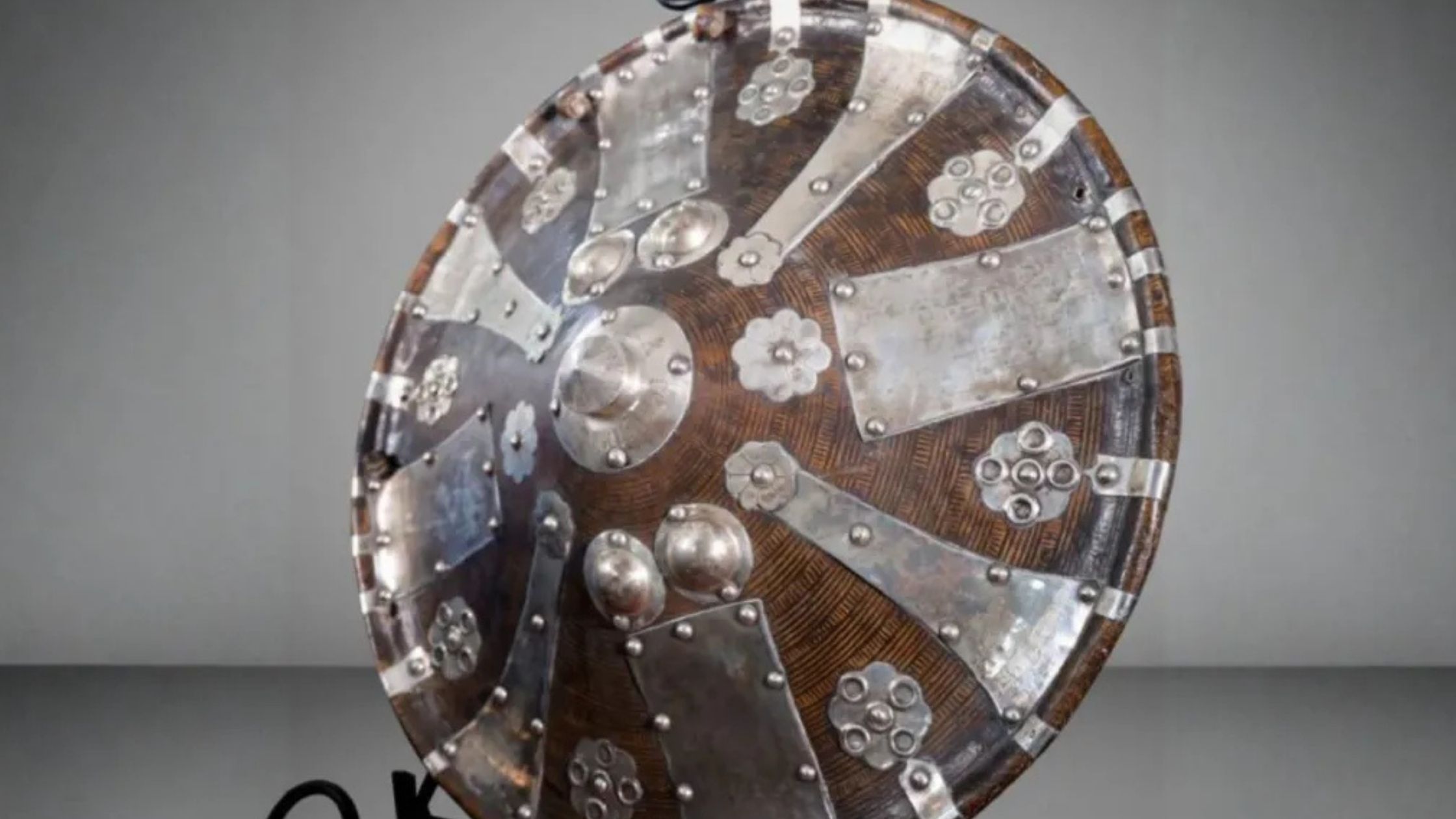Ethiopia has successfully recovered an important piece of its cultural heritage: the ceremonial shield of Emperor Tewodros II, taken by British forces during the 1868 Magdala War. This significant artifact, seized during the British expedition to Abyssinia, has now returned to Ethiopian soil after 156 years.
The handover ceremony was attended by officials from the Ethiopian Heritage Protection Authority, descendants of Ethiopian warriors from the Magdala War, and representatives from the Royal Ethiopian Trust (RET), the organization that spearheaded efforts to bring the shield back. Local media reports confirm the shield’s return, marking an emotional and historic moment for Ethiopia.
How the Shield Was Reclaimed
Efforts to retrieve Emperor Tewodros II’s shield began when it surfaced at a UK auction house, Anderson & Garland, earlier this year. Originally set to be auctioned in February 2024, the shield was withdrawn following strong intervention from the Ethiopian government and advocacy by the Royal Ethiopian Trust. Through diplomatic negotiations and pressure, Ethiopia successfully halted the sale, ensuring the shield would not become another lost artifact in a private collection.
According to Ethiopian officials, this victory represents a milestone in the country’s long-standing campaign to reclaim looted artifacts. The Royal Ethiopian Trust played a key role, negotiating with Anderson & Garland and working closely with Ethiopian authorities to secure the artifact’s return.
Historical Significance of the Magdala Shield
The shield of Emperor Tewodros II holds immense historical and cultural significance for Ethiopians. It is a powerful symbol of resistance and resilience, representing a chapter of Ethiopian history defined by both bravery and loss. The shield was seized during the Battle of Magdala in April 1868, the final clash between Ethiopian forces, led by Emperor Tewodros II, and British forces commanded by General Robert Napier.
Following his defeat at Magdala, Emperor Tewodros II chose to end his life rather than surrender. His young son, Prince Alemayehu, was taken to Britain, where he lived until his death at age 18 in 1879. In addition to the shield, British forces took numerous Ethiopian treasures from Magdala, including ceremonial items, religious artifacts, and royal belongings. Ethiopia has since sought to reclaim these lost pieces of its cultural heritage.
A Step Forward in Reclaiming Ethiopian Heritage
The successful retrieval of Emperor Tewodros II’s shield underscores Ethiopia’s dedication to reclaiming its historical artifacts and preserving its national identity. Over the past decades, Ethiopia has intensified efforts to repatriate looted treasures, arguing that these items hold not only historical significance but also cultural value for future generations.
Ethiopian authorities have reiterated their commitment to recovering other artifacts lost during the Magdala War and beyond. This recent victory, supported by the Ethiopian government, RET, and advocacy groups, highlights the importance of diplomatic and collaborative efforts in repatriation campaigns.
The return of Emperor Tewodros II’s shield is more than a historical achievement; it is a moment of pride and a testament to Ethiopia’s resilience in preserving its cultural heritage.
